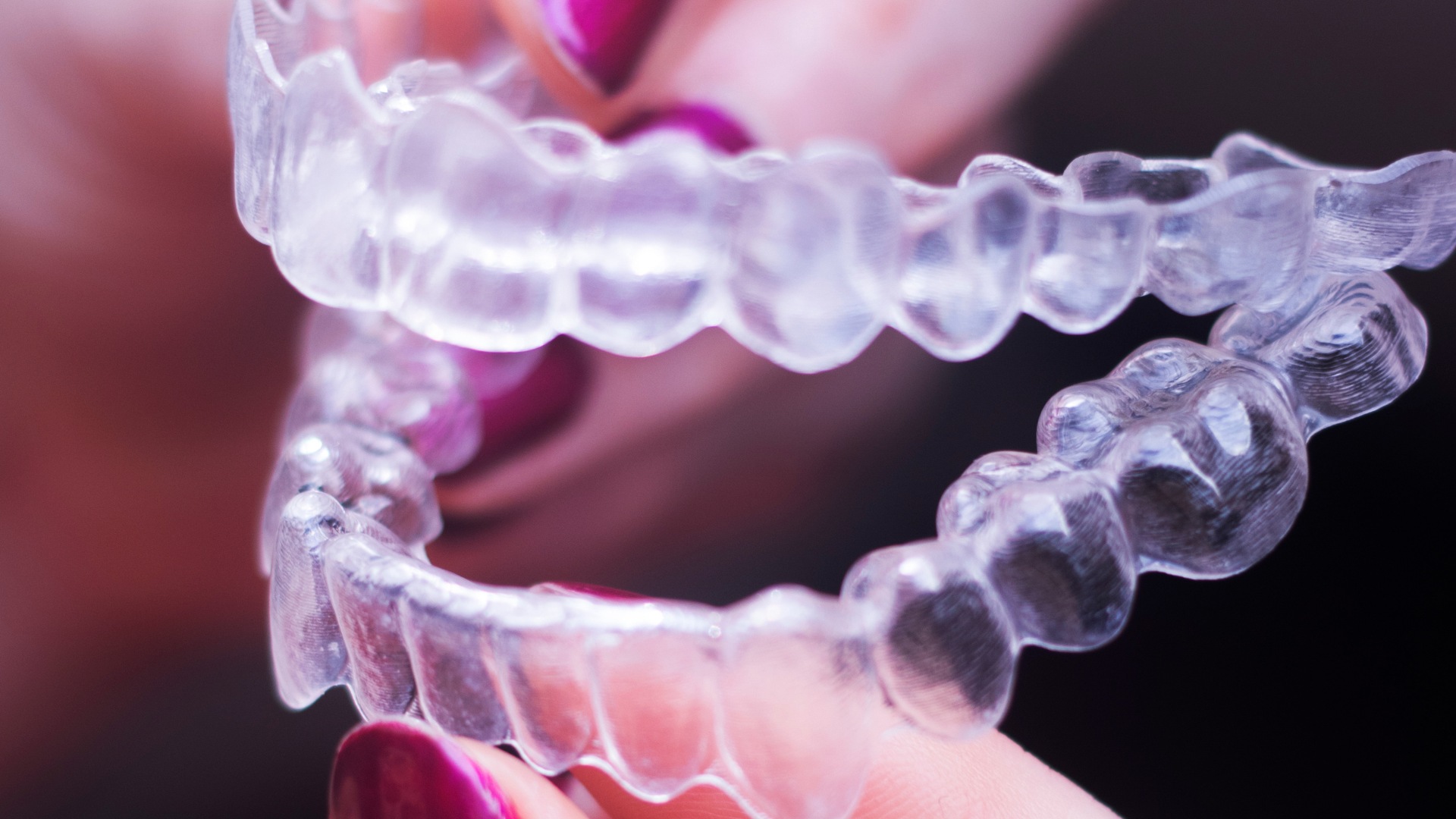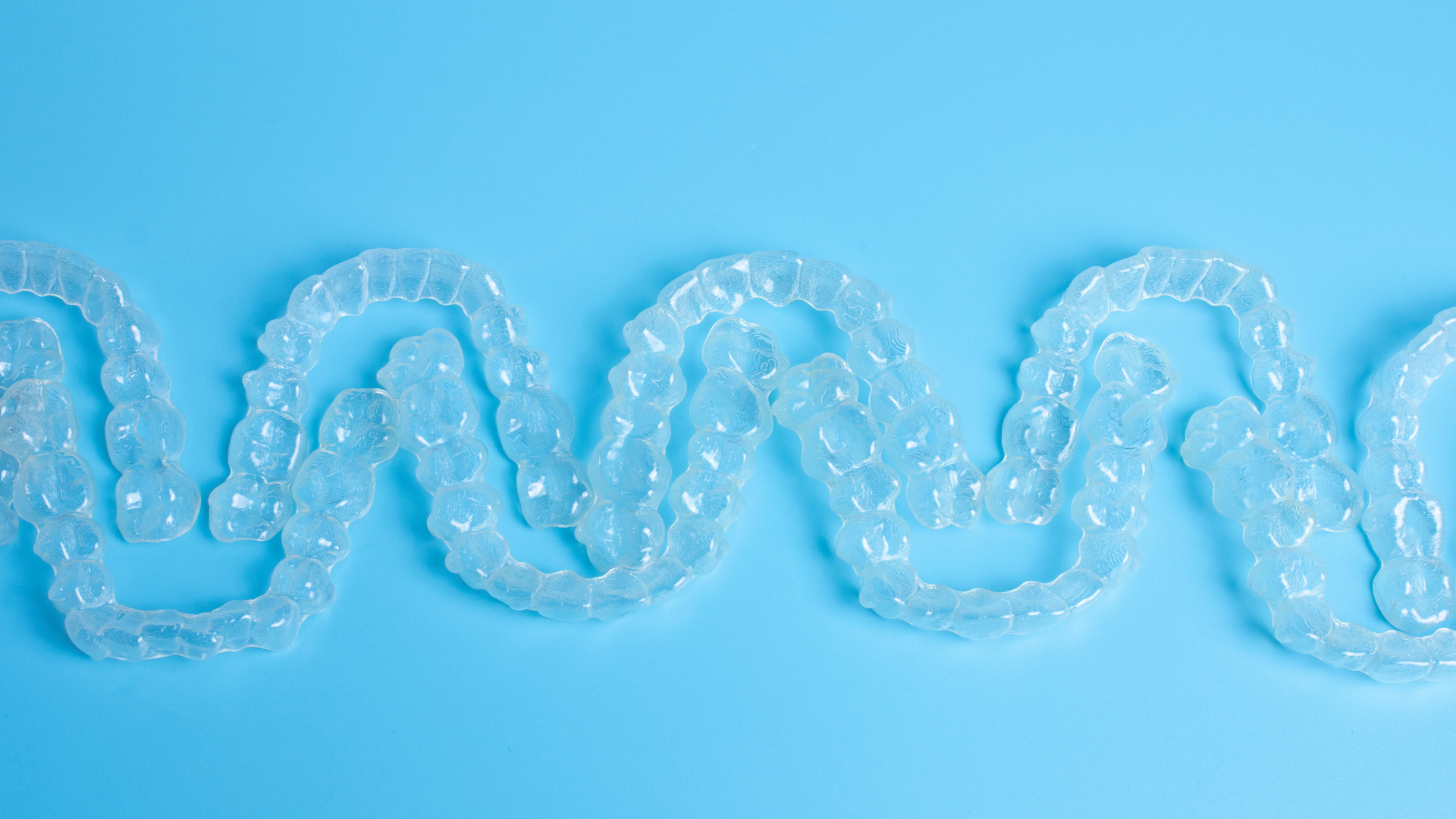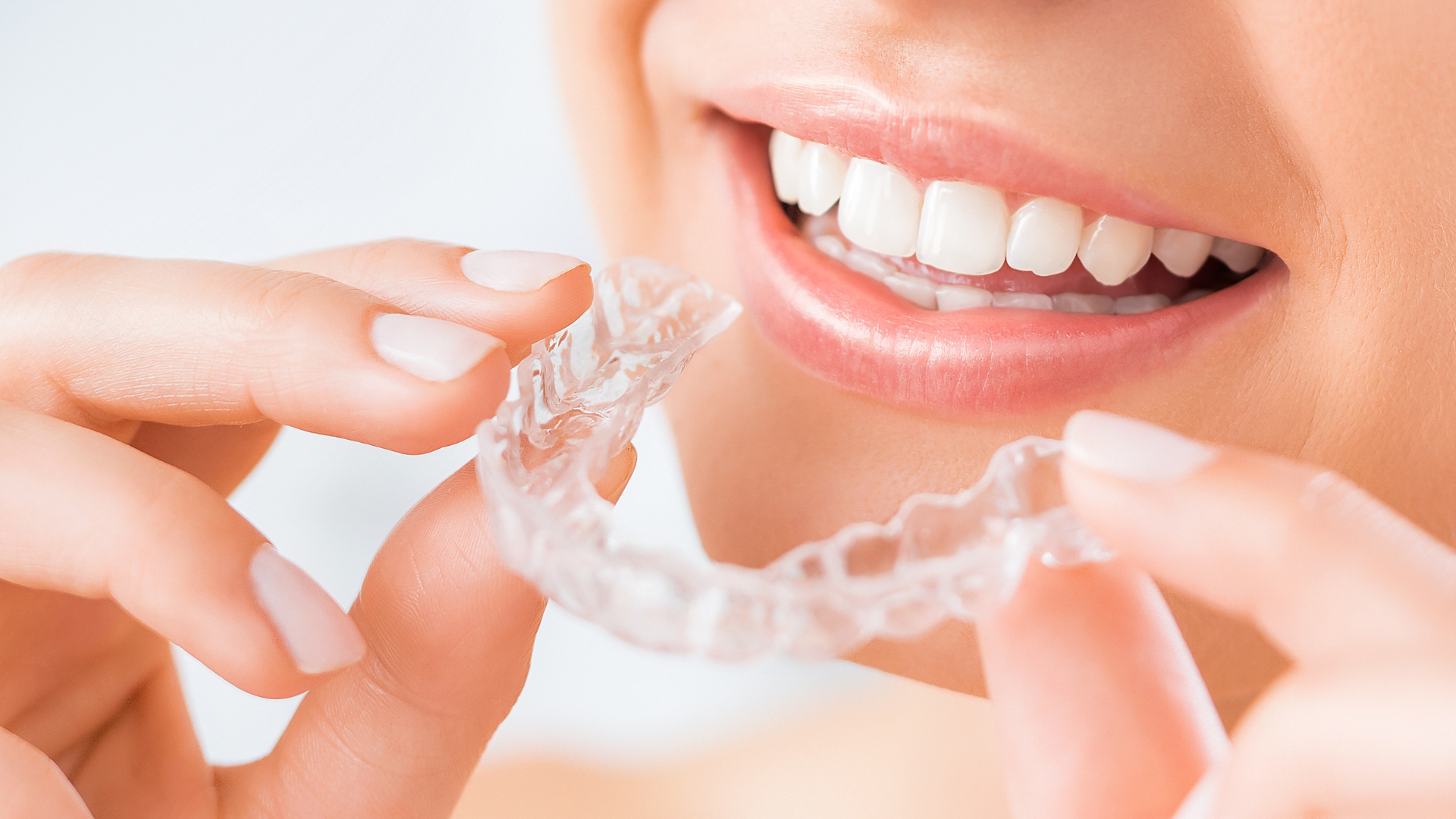Dealing with Tooth Pain? When It’s Time for Emergency Care
Tooth pain can range from a mild nuisance to a debilitating condition that disrupts daily life. While some dental discomfort can wait for a scheduled appointment, certain symptoms necessitate immediate attention. Recognizing the signs of a dental emergency is crucial to prevent complications and ensure optimal oral health.
Understanding Dental Emergencies
A dental emergency involves situations where immediate professional care is required to alleviate severe pain, stop ongoing tissue bleeding, or save a tooth. Common emergencies include severe toothaches, abscesses, knocked-out teeth, and significant oral injuries. Delaying treatment can lead to worsening conditions and more complex interventions.
Persistent and Severe Toothache
A toothache that persists beyond 48 hours, especially if it's severe, is a red flag. Such pain may indicate underlying issues like decay, infection, or an abscess. Over-the-counter pain relievers might offer temporary relief, but they don't address the root cause. Seeking prompt dental evaluation is essential to diagnose and treat the underlying problem.
Signs of Infection: Abscesses and Swelling
Dental abscesses are infections characterized by pus accumulation, leading to swelling, pain, and sometimes fever. If left untreated, the infection can spread to other parts of the body, posing serious health risks. Symptoms like facial swelling, a bad taste in the mouth, or swollen lymph nodes necessitate immediate dental care.
Trauma: Chipped, Cracked, or Knocked-Out Teeth
Accidents resulting in chipped, cracked, or completely dislodged teeth require urgent attention. A knocked-out tooth, for instance, has the highest chance of being saved if reinserted within 30 minutes. Preserve the tooth in milk or saline solution and seek emergency dental care promptly.
Uncontrolled Bleeding and Oral Injuries
Bleeding from the mouth that doesn't stop after 10-15 minutes of applying pressure is a concern. Such bleeding could result from trauma, lacerations, or underlying health conditions. Immediate evaluation is necessary to control the bleeding and address any associated injuries.
Swelling and Difficulty Swallowing or Breathing
Swelling in the face, neck, or mouth, especially if accompanied by difficulty swallowing or breathing, is a medical emergency. These symptoms could indicate a spreading infection or other serious conditions. In such cases, it's imperative to seek emergency medical attention without delay.
When to Visit the Emergency Room vs. the Dentist
While dentists handle most dental emergencies, certain situations require a visit to the emergency room. If you're experiencing severe swelling, uncontrollable bleeding, or symptoms affecting breathing, head to the ER. For other dental emergencies, contact your dentist or an urgent dental care clinic.
Preventing Dental Emergencies
Regular dental check-ups and good oral hygiene practices are key to preventing emergencies. Using mouthguards during sports, avoiding hard foods that can crack teeth, and addressing dental issues promptly can reduce the risk of sudden dental problems.
Managing Pain Until You Receive Care
If you're unable to see a dentist immediately, certain measures can help manage pain:
- Rinse your mouth with warm salt water to reduce inflammation.
- Use cold compresses on the outside of your cheek to alleviate swelling.
- Take over-the-counter pain relievers as directed.
However, these are temporary solutions, and professional evaluation is essential.
Conclusion: Prioritize Your Oral Health
Tooth pain should never be ignored, especially when accompanied by other concerning symptoms. Recognizing the signs of a dental emergency and seeking timely care can prevent complications and preserve your oral health. If you're experiencing severe dental pain or other emergency symptoms, don't hesitate to contact a dental professional immediately.
For more information on dental emergencies and how to handle them, visit the Cleveland Clinic's guide on dental emergencies.
If you have any questions or need assistance, please reach out to our dental team. We're here to help you maintain a healthy, pain-free smile.





